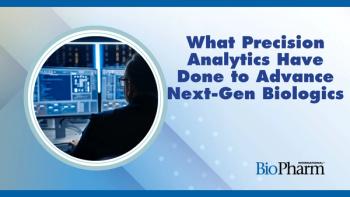
FDA Seeks to Advance Regulatory Science for Public Health
In a speech on October 6, 2010, FDA Commissioner Margaret Hamburg outlined the FDA's plan for advancing regulatory science. Her address introduced an FDA document, Advancing Regulatory Science for Public Health, which was released concurrent to her talk.
In a speech on October 6, 2010, FDA Commissioner Margaret Hamburg outlined the FDA’s plan for advancing regulatory science. Her address introduced an FDA document, Advancing Regulatory Science for Public Health, which was released concurrent to her talk.
In the address, given at the National Press Club, Hamburg said that the range of new drugs is “disturbingly low,” compared to the need for new therapeutics, and that we lack the ability to translate drug discovery and innovation into patient care. The document released by the FDA outlines a vision for the advancement of regulatory science and ways in which it can improve public health.
When asked about the relatively faster drug and device approval process in Europe, Hamburg expressed interest in working with European agencies. She also stated that because regulations for approvals may have been put into place a long time ago, they may need to be re-evaluated to take into consideration new technologies.
The document discusses how advances in regulatory science can speed progress in the FDA’s public health areas. It is split in two sections: the promise of regulatory science and a collaborative implementation framework. The first section provides background on the emerging field of regulatory science and explores seven public health areas in which advancements in the field can help deliver more innovative products. The second section lays out a strategic framework that will guide the FDA to advance regulatory science for protecting public health.
The full document can be found on the FDA’s web site.
www.fda.gov/ScienceResearch/SpecialTopics/RegulatoryScience/ucm228131.htm
Newsletter
Stay at the forefront of biopharmaceutical innovation—subscribe to BioPharm International for expert insights on drug development, manufacturing, compliance, and more.




